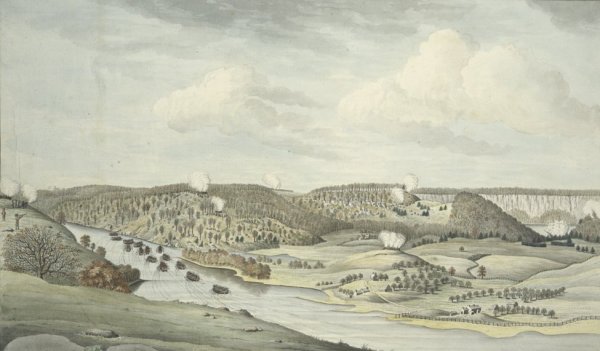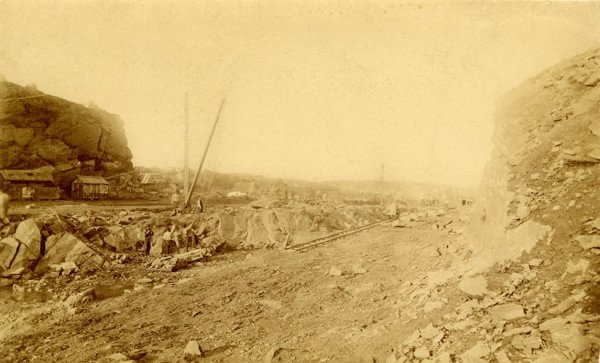
While its place on the list is the subject of great debate, there is no doubting that New York City is among the greatest cities in the world. Of course, the city hasn’t always been a concrete jungle of skyscrapers, taxi cabs, and pizza rats, but it is still quite difficult to imagine that New York was, once upon a time, fertile farmland.
The Museum of the City of New York has collected a great number of paintings, drawings, lithographs, and photographs documenting the evolution of the city into the “…rows of monotonous straight streets, and piles of erect buildings” that famous landscape architect Frederick Law Olmsted predicted.

Even at the time of the American Revolution, the Manhattan landscape was much greener than you will see today, with rolling hills and more trees than buildings or people. Today, the site is a public space called Bennett Park.

The second half of the 19th century saw the beginnings of the demolition of those hills to make way for level roads as they began to sprawl across the island.

Here is the same view looking north up Central Park West at W. 106th street.
Tenement buildings began to be erected to house the city’s poor and the many immigrants who began pouring into the United States through Ellis Island.

Thus began the formation of “superblocks,” which became the template for growth for New York even through today.

Since then, New York has grown exponentially (with an estimated population of 8.5 million and growing), and the urban sprawl that started in Manhattan has long since spread to the outer boroughs. Still, the city is showing no signs of stopping now. As the author O. Henry once said of New York, “It’ll be a great place if they ever finish it.”